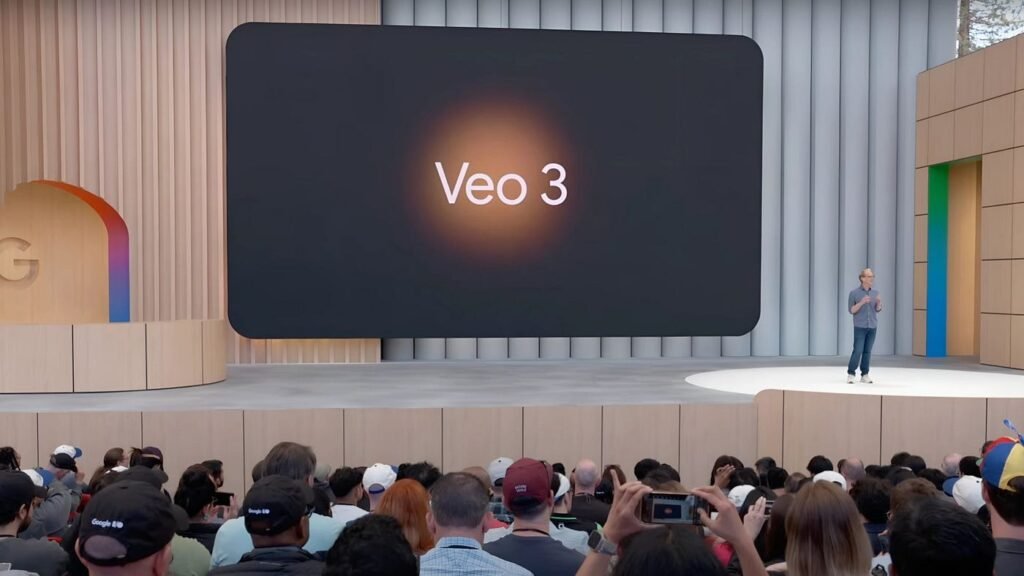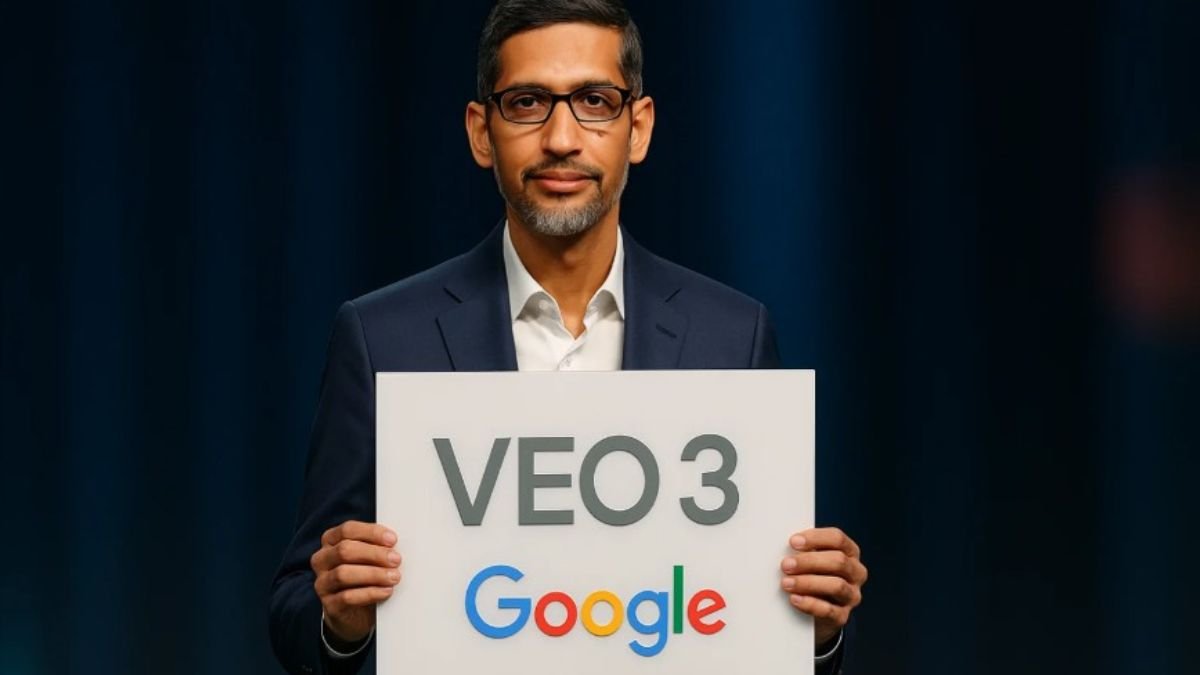In a bold leap forward in the generative AI space, Google on Tuesday introduced Veo 3, a sophisticated video-generation tool that not only crafts visuals from text and images but also integrates realistic audio, positioning it as a major challenger to OpenAI’s Sora. Unlike other video generators currently available, Veo 3 stands out by embedding synchronized dialogue and environmental sounds, such as animal noises, directly into the videos it creates. This innovation brings a new level of realism and immersion to AI-generated content.
A New Standard in Video and Audio Synthesis

“Veo 3 excels in everything from translating prompts into dynamic visuals to maintaining accurate lip-sync and reflecting real-world physics,” said Eli Collins, Vice President of Product at Google DeepMind, in an official blog post. The tool reflects Google’s ongoing push to make AI-generated media feel indistinguishable from live-action footage.
With advanced modeling, Veo 3 allows users to go beyond silent montages and produce scenes where characters speak naturally, and background sounds evolve with the narrative. This feature gives creators, from filmmakers to marketers, a comprehensive multimedia storytelling solution.
Pricing and Availability
Google has made Veo 3 accessible in the United States starting today, but it’s exclusive to subscribers of the company’s new Ultra Plan, priced at $249.99 per month. Marketed toward tech-savvy creatives and AI developers, the Ultra Plan offers early access to Google’s latest AI tools.
Enterprise users aren’t left out. Veo 3 is also being integrated into Google’s Vertex AI platform, making it a compelling option for businesses seeking next-generation content creation capabilities.
Complementary AI Tools in Google’s Creative Suite
Tuesday’s announcement wasn’t limited to video. Google also launched Imagen 4, its latest image-generation model. According to the company, Imagen 4 delivers more photorealistic and accurate results than its predecessors, thanks to refined training on user intent and prompt comprehension.
In addition, Google revealed Flow, a cinematic video development tool designed for filmmakers. Flow enables users to describe scenes, camera movements, and visual styles in natural language, turning those prompts into storyboarded videos. This tool is accessible through Google’s suite of creative platforms, including Gemini, Whisk, Workspace, and Vertex AI.
Context: The Growing Popularity and Risks of Generative Video

The rollout of Veo 3 comes amid a surge in demand for AI-generated imagery and video. Back in March, OpenAI CEO Sam Altman revealed that the explosive popularity of ChatGPT-4’s image-generation capabilities temporarily overwhelmed their hardware infrastructure, leading to restrictions on its use.
While the race to dominate the generative media landscape intensifies, it hasn’t been without setbacks. Google’s own Imagen 3 model faced backlash last year when users reported historically inaccurate outputs. The controversy forced a product relaunch, and co-founder Sergey Brin later admitted the issue stemmed from insufficient internal testing.
Google’s Expanding Creative AI Ecosystem
Beyond Veo 3, Google continues to bolster its AI portfolio. The previous version, Veo 2, recently received an upgrade that enables users to modify video content using simple text instructions, such as adding or removing objects.
Additionally, Google’s Lyria 2 music generator has been made available to both creators on YouTube Shorts and enterprise users on Vertex AI, reflecting the company’s multi-pronged strategy to support content creators across audio, video, and image domains.
A Glimpse Into the Future of Storytelling
With Veo 3, Google is not just iterating on previous technology, it’s reimagining how digital stories are told. By merging advanced video rendering with lifelike audio generation, the company aims to transform the way individuals and brands communicate through multimedia.
This powerful combination of visual and auditory synthesis pushes the boundary of what’s possible in AI-driven storytelling. Whether used for marketing, education, or entertainment, Veo 3 could be the key to unlocking richer, more dynamic content experiences.
